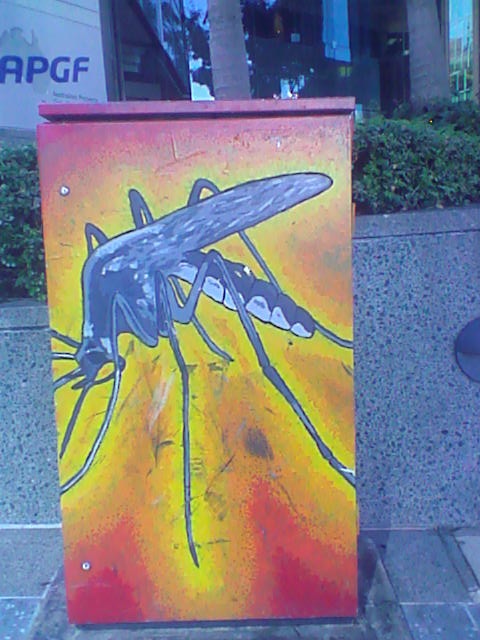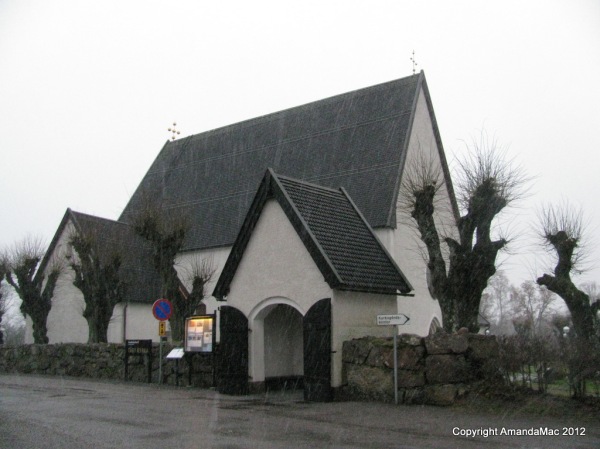
Almost a decade ago, I was wandering around the backblocks of Stockholm’s upmarket outer suburbs and discovered a place of significance in Viking times. A living Time Capsule.
Rune Stone Causeway in Stockholm
At around 100 metres long, the so-called Jarlabanke’s bridge, in Täby, Sweden, is a causeway or bridge, lined with ancient Runestones.
It was designed to be an extravagant reminder of the power and prestige of a Viking chieftain named Jarlabanke Ingefastsson, who owned much of this area, way back in the 11th century.
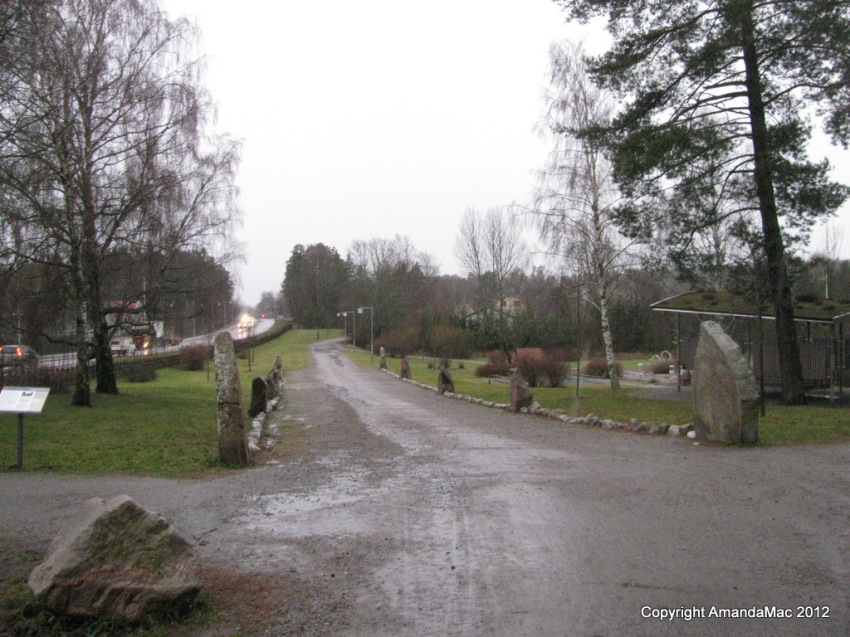
It is presumed that the purpose of the runes is to catch the eye of passing travellers and impress them. This site must have been especially significant as it was also the place where three Viking families, battled it out for supremacy of the area.

Four remaining Rune stones line the causeway as some were moved to other locations. One Runestone was taken to Greece by voyaging Vikings who worked as mercenaries for the Varangian Guard.
Another stone stands at the threshold of the church and depicts two serpent creatures enclosing a Latin cross. This was considered to be evidence of Chieftain Jarlabanke’s wish to ensure his entry to the afterlife. Perhaps he was undecided about which religion to follow and chose to hedge his bets honouring both Christian and Pagan practices.
Symbols of the old religion and Christianity are often found together on rune stones, evidence of transition in belief systems.
Wikipedia
Rich Medieval Ceiling Decorations in Swedish Churches
The Church adjacent to the Runsetone Causeway has a rather plain exterior which belies the treasures hidden inside. Here you see but a glimpse of the richly decorated ceiling.
Older churches in Scandinavia often have frescos, or traditional art, decorating their ceilings. They were painted in the day when many members of the congregation were illiterate and this pictorial representations of bible stories was used as a way to communicate religious teachings.
Norwegian Rosemaling in Churches
At times, Lutheran Priests lamented the striking beauty of the frescoes and decorative art, especially that seend in Norway and known as Rosemaling. Certain priests ordered for the rich decoration to be painted over in plain colours, or whitewashed. This was, presumably, to stop the congregations’ mind wandering over the artful decorations and allowed them to focus instead on the Priest’s words.
The art within Scandinavian Churches gives but a glimpse into the past, a Time Capsule of historic Times.
The ceiling, walls, pews, and altar inside the Church in Lesja, Norway, and the fresco near Trondheim are yet another example of a time capsule.
Student Time Capsules
When my sons started high school, they buried a box of items – a piece of writing, some questions to their future selves, and some small object of significance to them in a box to be opened on their graduation day. Another snippet of the past in the form of a Time capsule.
What would you put in a Time capsule?
Friendly Friday Blog Challenge Theme
The theme for this fortnight’s blogging challenge is
TIME CAPSULE
Document what you might put in your own time capsule in words or photographs, share a snippet of your local area’s or chosen point of history, somewhere you visited or something of interest that has been swept up in time.
Remember that this challenge is not restricted to photography. It can be a recipe, story, (fiction or non-fiction), or art.
Instructions for the Friendly Friday Blogging Challenge
Write and publish a post inspired by the prompt, tagging your post Friendly Friday.
Include a ping-back* here and also add a comment below, pointing the way to your own blog post.
*NB. You must ping-back to this WordPress post itself, as ping-backs to the home page of a WordPress blog don’t trigger a notification. That is why a comment here is good practixe so that we can find your post.
This challenge runs for two weeks after which Sandy will post a new prompt over at her blog The Sandy Chronicles.
Further instructions on joining in are found on the Friendly Friday Blog Challenge Page.

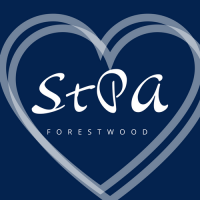



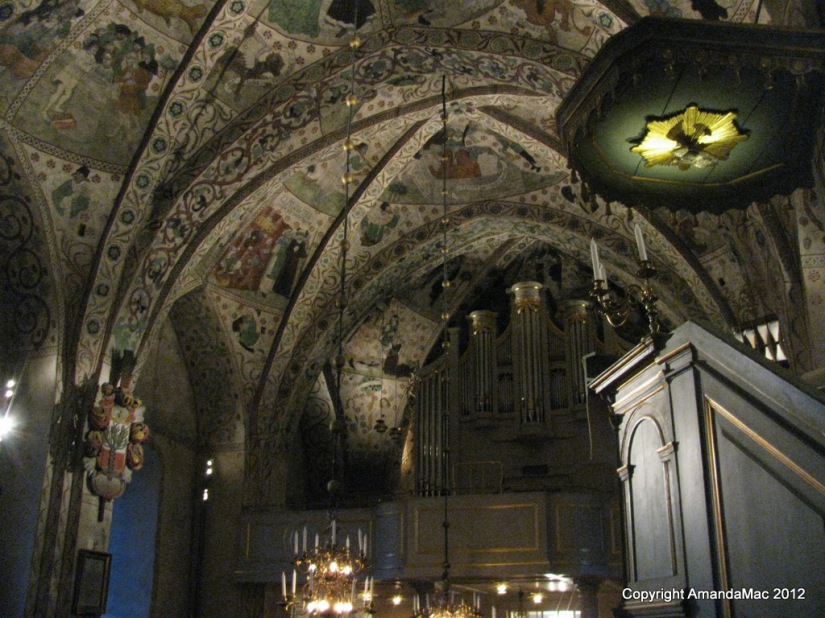

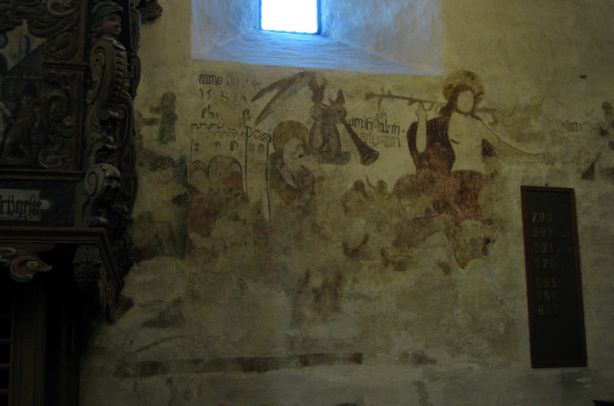

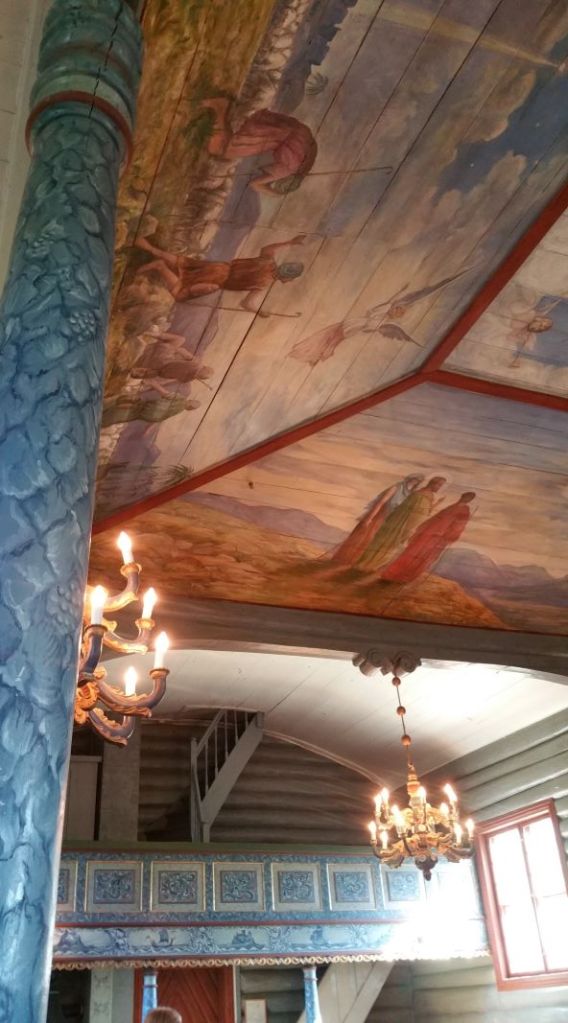


























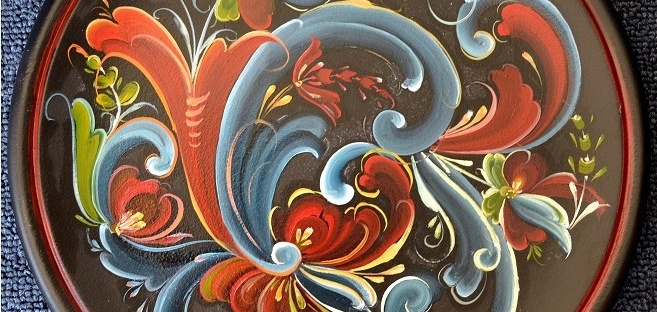





 Which one is closest to your version of the colour, ‘plum?’
Which one is closest to your version of the colour, ‘plum?’







